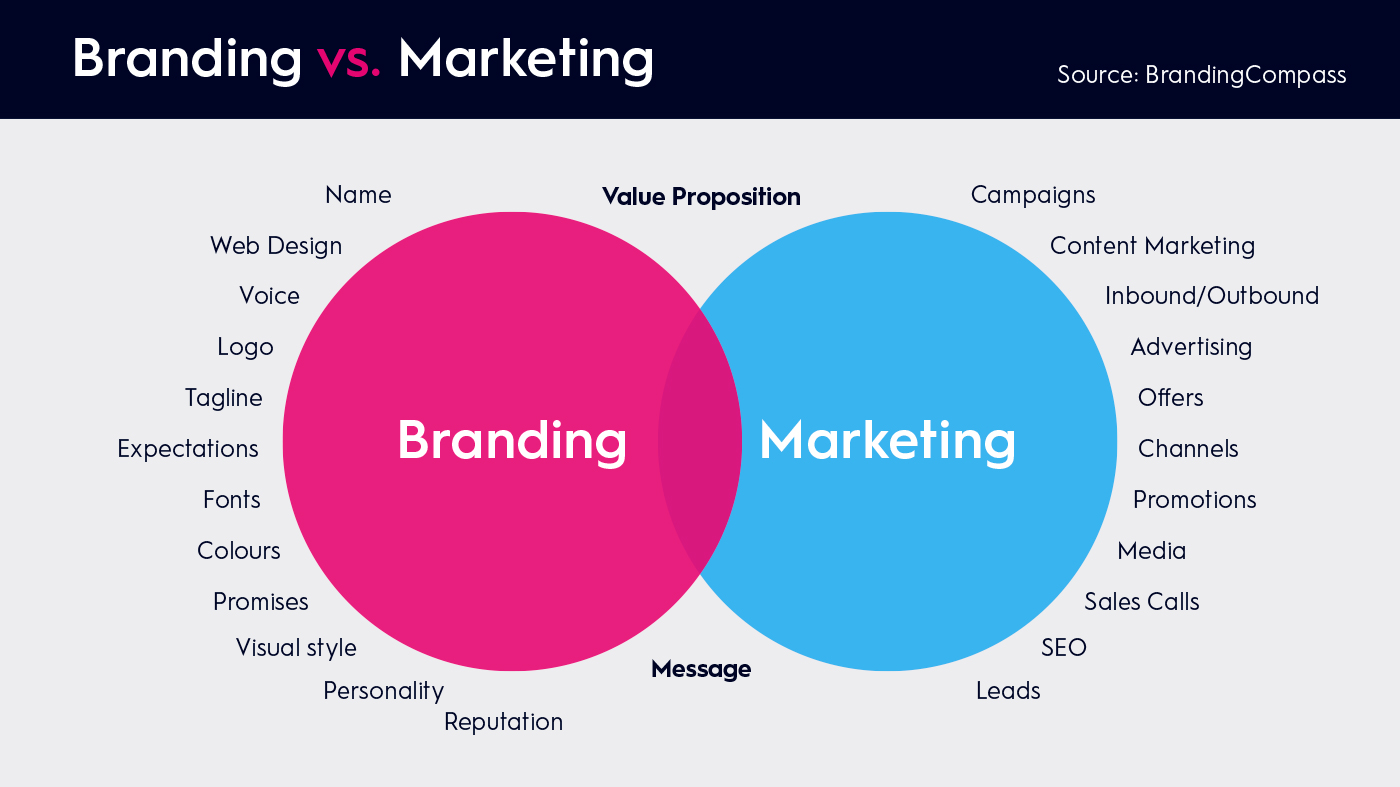What is a brand strategy?
A brand strategy takes insights from customers, competitors and the market to ensure your brand’s personality, look and messaging are aligned for brand growth.
Telling your brand story in a compelling way increases brand loyalty and awareness and, ultimately, your customer base. A good brand strategy ensures your story and image remain recognisable, credible and sustainable over time.
Nowhere are different brand strategies more evident than walking down the cereal aisle. What was once the domain of wheat bricks, cornflakes, porridge, and that plain bag of muesli that, to the uninitiated, tasted like sawdust; now contains rows of clusters, flakes, bites, biscuits, and enticing rainbow-coloured and crunchy sweet rings and flavoured puff rice. Like the cereals above, ensuring your brand reaches your target customer amongst a sea of choices requires a well-planned brand strategy.
Why you need a brand strategy.
Creating a brand strategy has a variety of flow-on effects for your business, including:
- Motivating customer purchase decisions — People are more likely to buy a brand they know and trust, regardless of price.
- Brands add tangible value — Strong brands typically drive the bottom line, and above-average financial performance strengthens the brand in turn – a virtuous cycle.
- Defining your message — Brand strategy research helps uncover what your customers actually care about.
- Helping your business respond to market changes — A brand strategy helps you pivot in a changing market
- Refreshing an ageing brand — Keep legacy brands top of mind with an effective brand strategy
- Corporate reputation management — A brand strategy helps you manage your products/services perception across multiple stakeholders and touchpoints.
Let’s go back to the cereal aisle; most Australians would recognise the different brand strategies of their favourite cereal. Some are a low-sugar for kids wanting to be champions, others are rainbow-coloured and sweet with a fun shape, while others like a warm hug from a nurturing family member.
From above, you can see that what are, essentially, bricks or colourful rings of wheat and a humble rolled oat have been given — through distinctive brand strategies — a personality with clear messaging that targets different customer needs.
Creating your first brand strategy to give your brand clarity and purpose doesn’t have to be overly complex. A simple framework is all you need to get started.

5 steps to get you started: A brand strategy framework
Step 1. Define your overarching corporate strategy.
What are your brand aspirations?
Step 2. Who is your customer?
Define your buying personas.
Step 3. Determine your brand position.
What makes you unique from your competitors?
Step 4. What are your key brand messages?
What is your unique selling proposition?
Step 5. Convert your message into a brand look.
Create design assets that communicate your unique brand message.
Creating a brand strategy early on provides the central concepts around which all your communications revolve and aids in communicating your branding initiatives with stakeholders to keep everyone aligned on your purpose, target audience and brand personality.
What’s the difference between a brand strategy and a marketing strategy?
Branding strategy defines and creates key elements that express your brand in the marketplace. For example, a brand strategy will incorporate logos, brand styling guidelines, tone of voice and a visual style that represents your brand.
Marketing strategy outlines the activities and tactics that help you express that message. (See Table 1. below) Looking again at cereal, for a fun brand, incorporating cartoon characters in the packaging design is part of a branding strategy; for a kid’s health brand sponsoring children’s sports is part of the marketing strategy.

Types of Brand Strategies
There are four common brand strategies, especially in product marketing. These include:
- Product line extensions
Product line extensions occur when brands introduce a new product under a familiar brand, capitalising on the existing brand loyalty and awareness. For example, when your favourite brand of rolled oats releases a honey-flavoured variety.
- Multi-brand strategy
Companies run a multiple brand strategy within the same market to allow them to position different brands within that market. For instance, a rolled oat brand may have a home brand of traditional rolled oats and a premium organic oats product, they may look like they are competing with each other, but they are owned by the same parent company.
- Brand extension
A brand extension is when you offer a different range of products under an existing brand name. A well-planned brand extension could add a new dimension to your brand. A logical extension for some cereal brands has been the introduction of breakfast beverages.
- Launching a new brand
The final brand strategy is the launching of a new brand. If your company is introducing a new product or service, a new brand strategy defines how the brand can deliver value to its customers.
Whether you’re launching a new product, wanting to reposition an existing product or refreshing a legacy brand, creating a brand strategy helps define where you currently stand and gives you the framework to plan where you want your brand to go.
To discuss the benefits of a brand strategy for your business, book a 30-minute discovery session.
Viabrand® is your experienced Brisbane marketing team and branding agency. Our marketing team are expert in all areas of branding and marketing. Book a complimentary, no-obligation 30-minute discovery session to learn more: https://calendly.com/viabrand/30min
